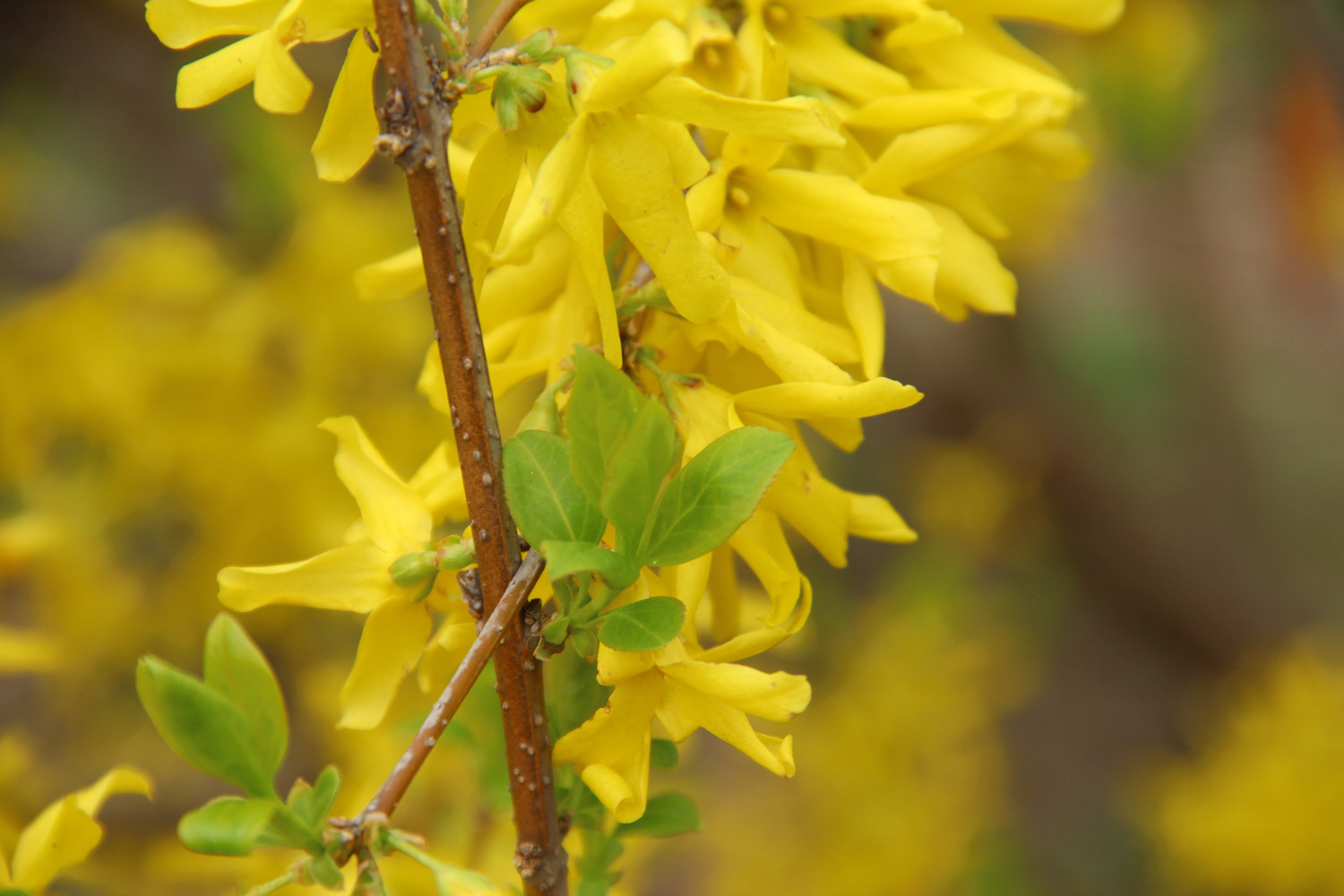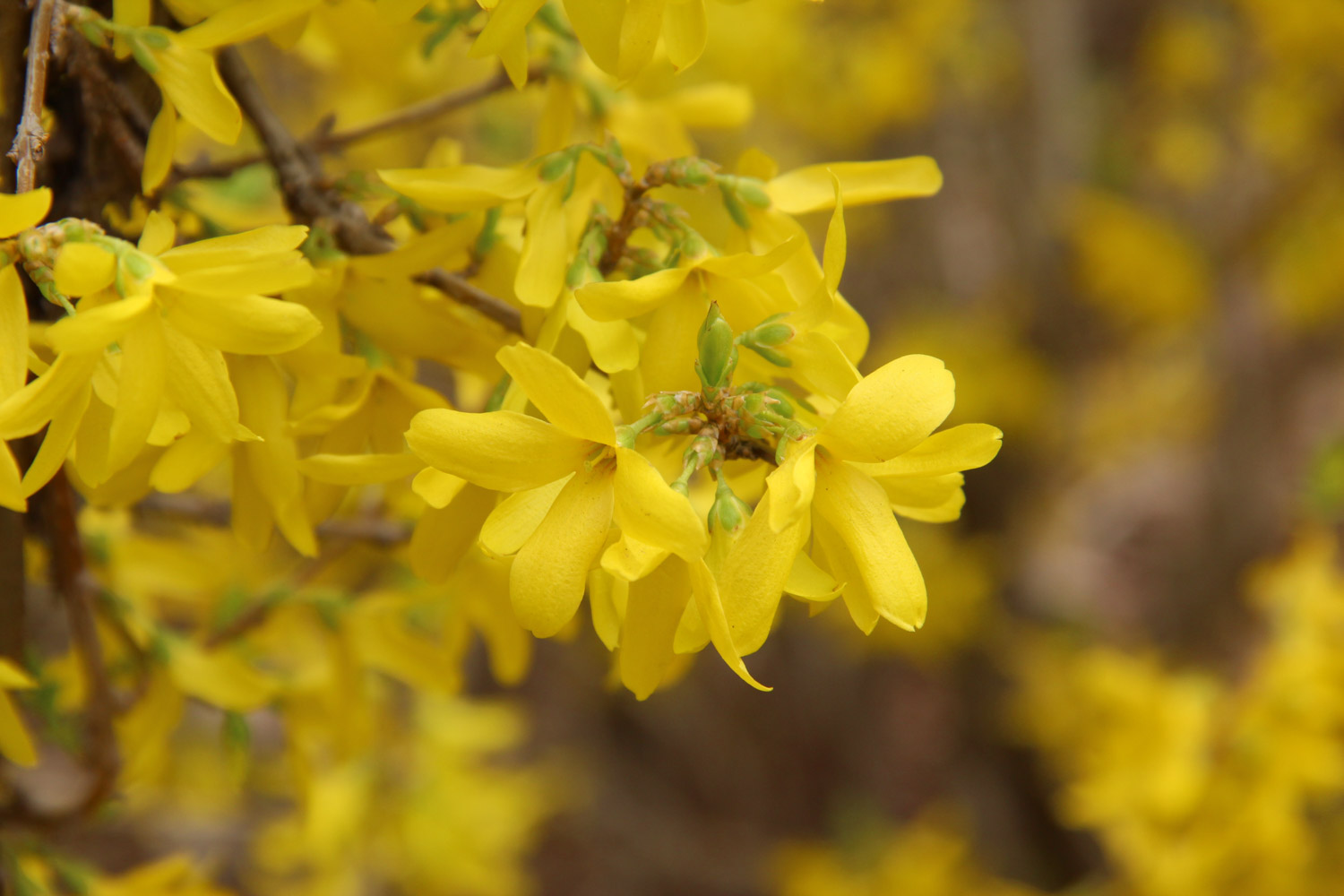Seed collection
When picking seeds, the dominant mother plant should be selected, with strong growth, dense branches, full flowers and fruits, and no diseases and pests
Pay attention to the time of flowering and fruiting, master the appropriate seed collection time, and avoid falling off after the seeds are mature
Generally, the mature fruits are collected from the middle and late September to the first ten days of October. The forsythia fruit with mature development, full grains, large and heavy grains shall be collected, and then thinly spread in a ventilated and cool place, dried in the shade and threshed
After selecting and removing impurities, select neat, full and disease-free seeds for storage and seed retention
Storage
The survival rate of seeds stored under different conditions is different, and the germination rate of seeds stored in dryer is relatively high
If stored in wet sand, the seeds have germinated successively during storage, so the emergence rate in the later stage of sowing is not as high as that stored in dryer

Sow
Forsythia seeds are easy to germinate under high temperature, so sowing is generally arranged in spring or winter, spring sowing is in the first and middle of April, and winter sowing is carried out before freezing
Because the seed coat of Forsythia suspensa seeds is relatively hard, if it is sown directly without pretreatment, it will take more than one month to germinate and excavate, so the seeds can be germinated before sowing
Select mature and full seeds, soak them in warm water at about 30 ℃ for about 4 hours, mix them with wet sand for 3 times, install them in wooden box or small jar, cover them with plastic film, put them in the leeward and sunny place, turn them twice a day, and keep them wet. After more than 10 days, the seeds sprout and can be sown
Before sowing, if the soil is relatively dry, it needs to be watered first, mixed with fine sand into the seeds, evenly sprinkled into the soil, and slightly pressed after covering the soil. The covering soil can not be too thick, generally about 1 cm, and then covered with grass to keep it moist
The seedlings can emerge 8 or 9 days after the seeds are seeded. The seedlings can be fixed when the height of the seedlings is 10 cm, and can be transplanted when the height of the seedlings is 30 cm in early April of the next year


 how many times do yo...
how many times do yo... how many planted tre...
how many planted tre... how many pine trees ...
how many pine trees ... how many pecan trees...
how many pecan trees... how many plants comp...
how many plants comp... how many plants can ...
how many plants can ... how many plants and ...
how many plants and ... how many pepper plan...
how many pepper plan...































